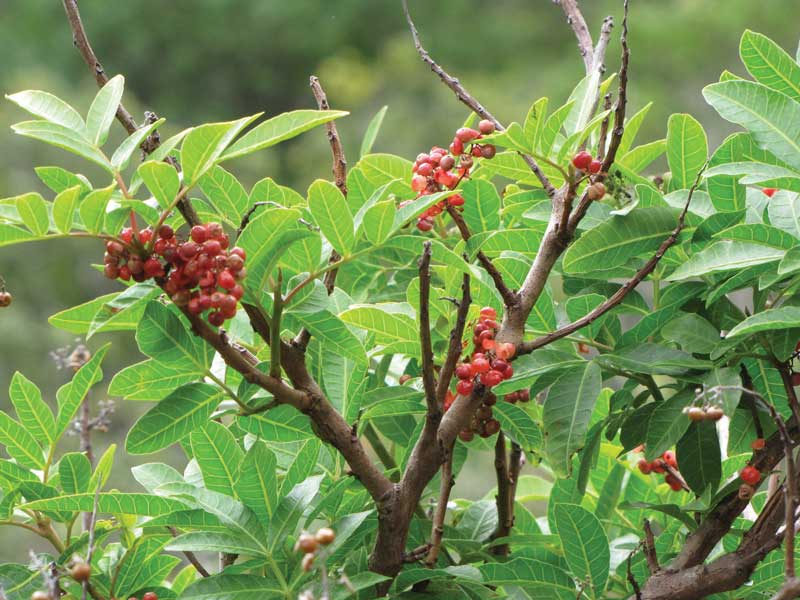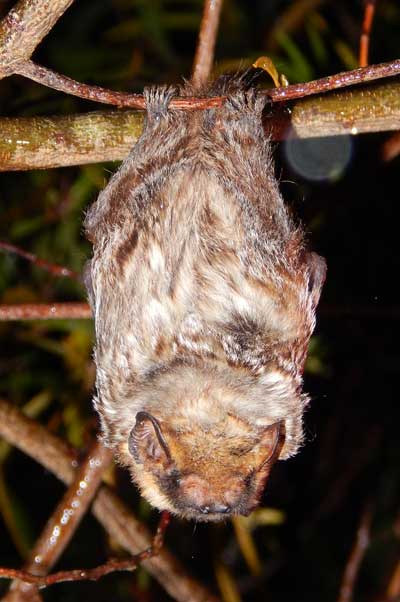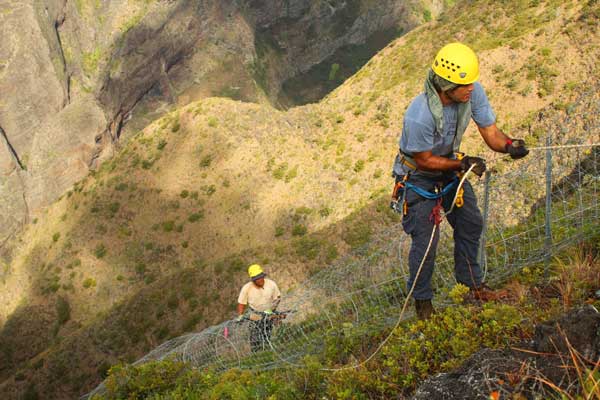Covered in glossy green leaves and bedecked with red berries, the invasive shrub, Schinus terebinthifolius, is commonly known by the…
Read More
2014
Pueo or barn owl: here’s the difference
In Hawai‘i , owls are creatures of myth. Owls are said to rescue lost souls from the underworld and guide…
Read More
Hawaiian Hoary Bat-Our Only Native Land Mammal
Under the cover of night a skilled hunter twists and turns in the Hawaiian sky, darting and dodging trees with…
Read More
Pacific Cooperative Studies Unit: the fingers on the keyboards that get the boots on the ground
On any given day, there are hundreds of people at work throughout Hawai‘i to protect the ‘āina. Fence crews pound…
Read More
Coqui calls on the rise
The call of the lone coqui may not be increasing in volume, but calls reporting coquis on Maui are on…
Read More





